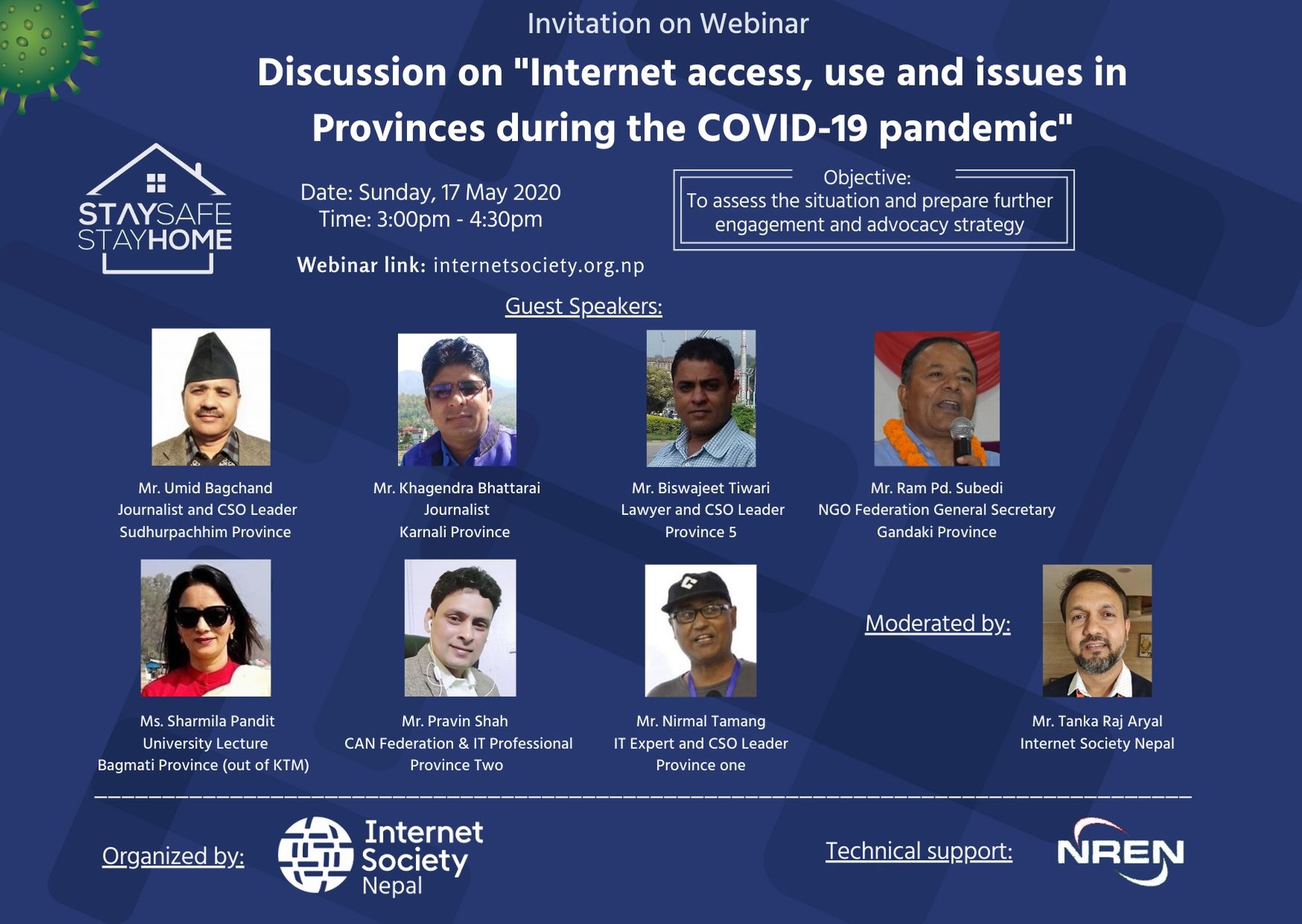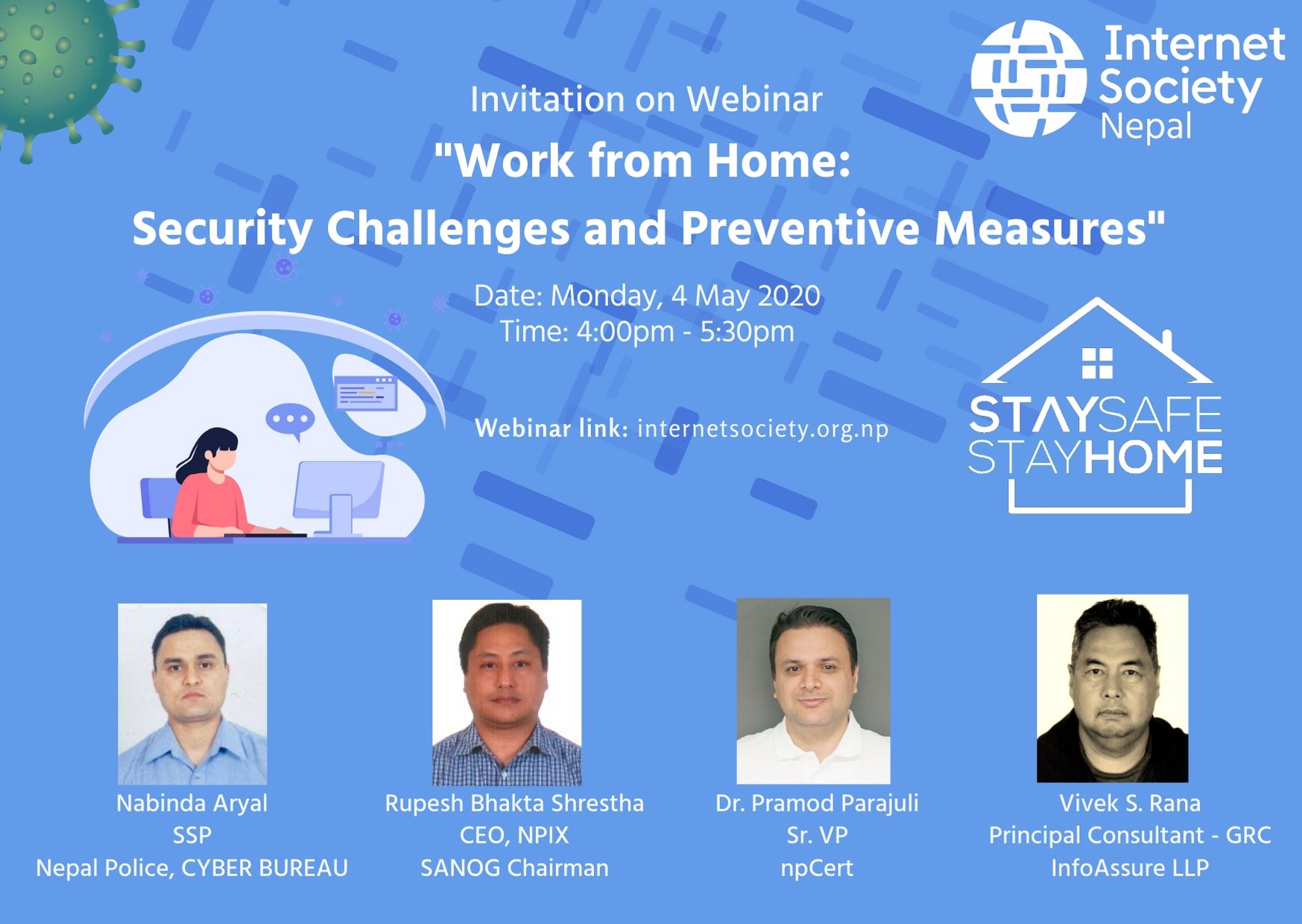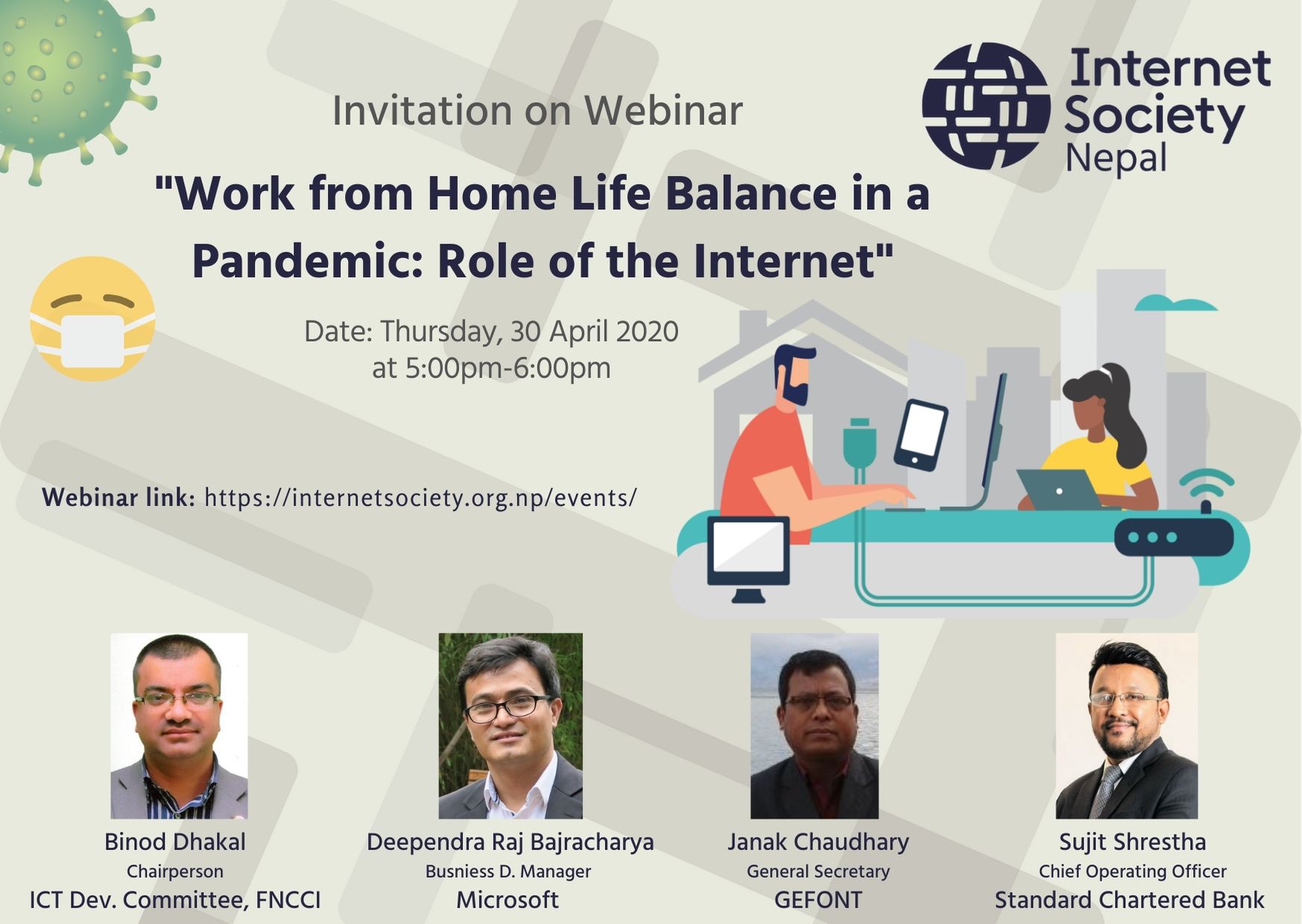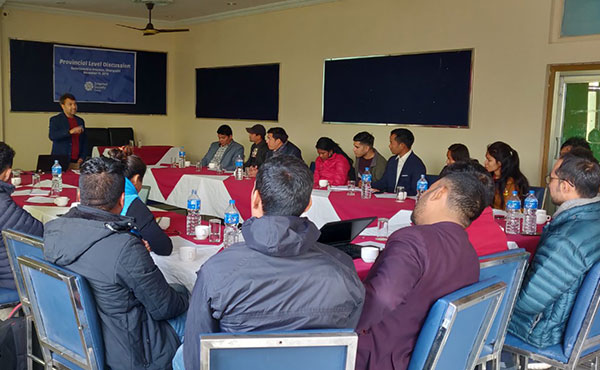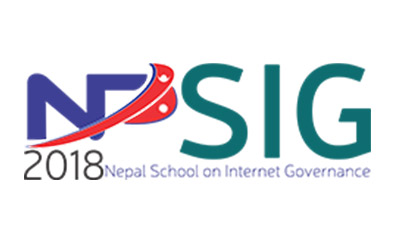INET Kathmandu
“Learning Lessons from Nepal – Embracing Information and Communication Technologies for Disaster Management”
According to the 2015 ‘Disasters without Borders’ report of UN ESCAP, countries in Asia and the Pacific region have borne the lion’s share of natural disasters. Over 40 per cent of the 3,979 disasters that occurred globally between 2005 and 2014 occurred in this region, resulting in the loss of half a million people. This represents almost 60 per cent of the total global deaths related to disasters; more than 1.4 billion people were affected by these disasters, constituting 80 per cent of those affected globally.
Natural disasters not only cause dramatic loss of human lives and property but also have a lasting impact on the economy which sometimes takes several years to recover from. In April 2015, an earthquake of 7.6 magnitude in Nepal left nearly 9,000 people dead and destroyed over half a million homes as well infrastructure. This massive destruction has also had an impact on Nepal’s bid to advance from the status of a least developed country to a developing country by 2022.
During such times, disaster management efforts function on several levels, including first responders, humanitarian relief services and on-time assistance to affected communities. At all levels, Information and Communication Technologies (ICTs) play a significant role in getting the right information to the right people at the right time. This is often critical in order to save lives and reduce losses. Availability of a robust information management system supported by ICTs is critical to support the constant flow of vital information required for disaster management activities.
INET Kathmandu aims to bring together International agencies and local stakeholders involved inemergency planning, emergency services, disaster management and related work, to:
- Learn from the 2015 Earthquake in Nepal
- Share regional developments, experiences and information
- Discuss emerging paradigms in disaster risk reduction
- Propose future mechanisms, critical infrastructure and dependencies for disaster management in the short and long term horizons.



